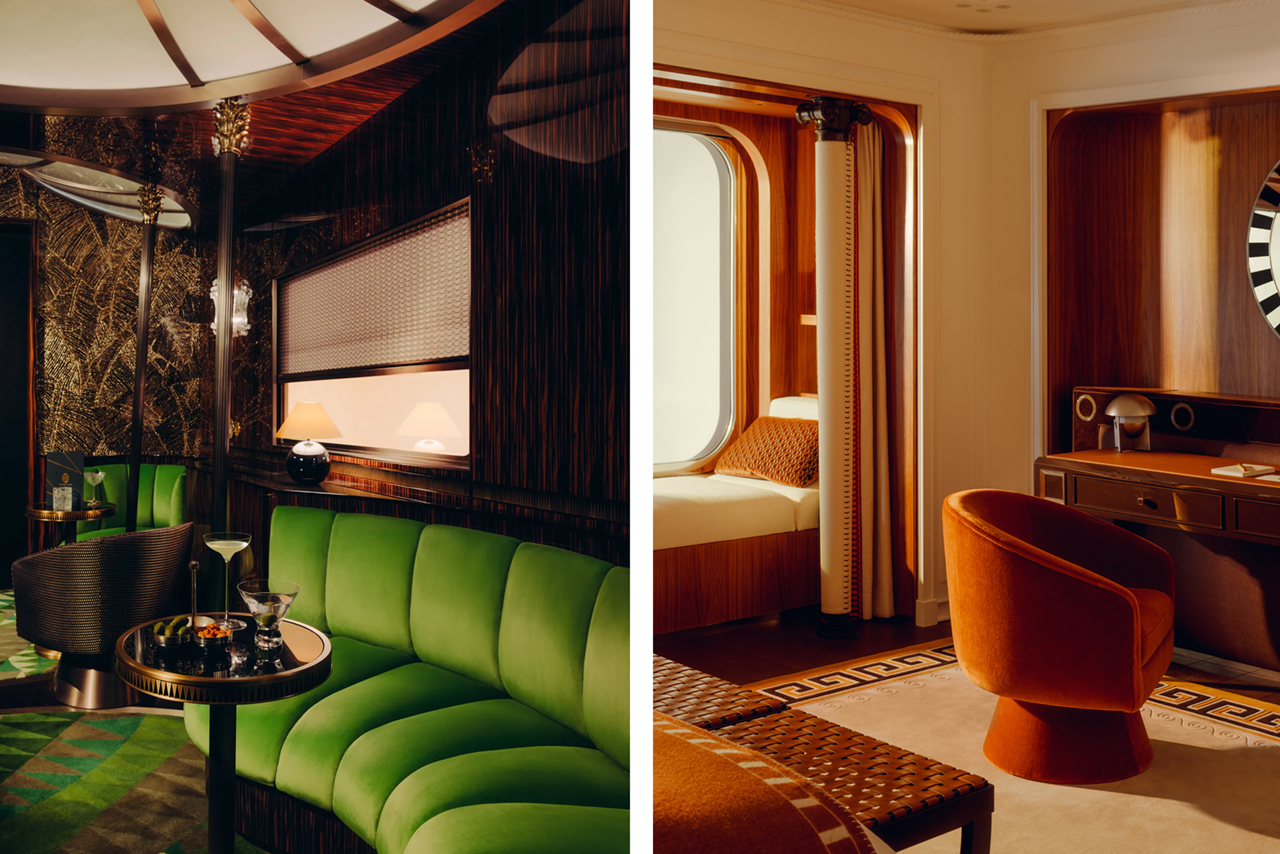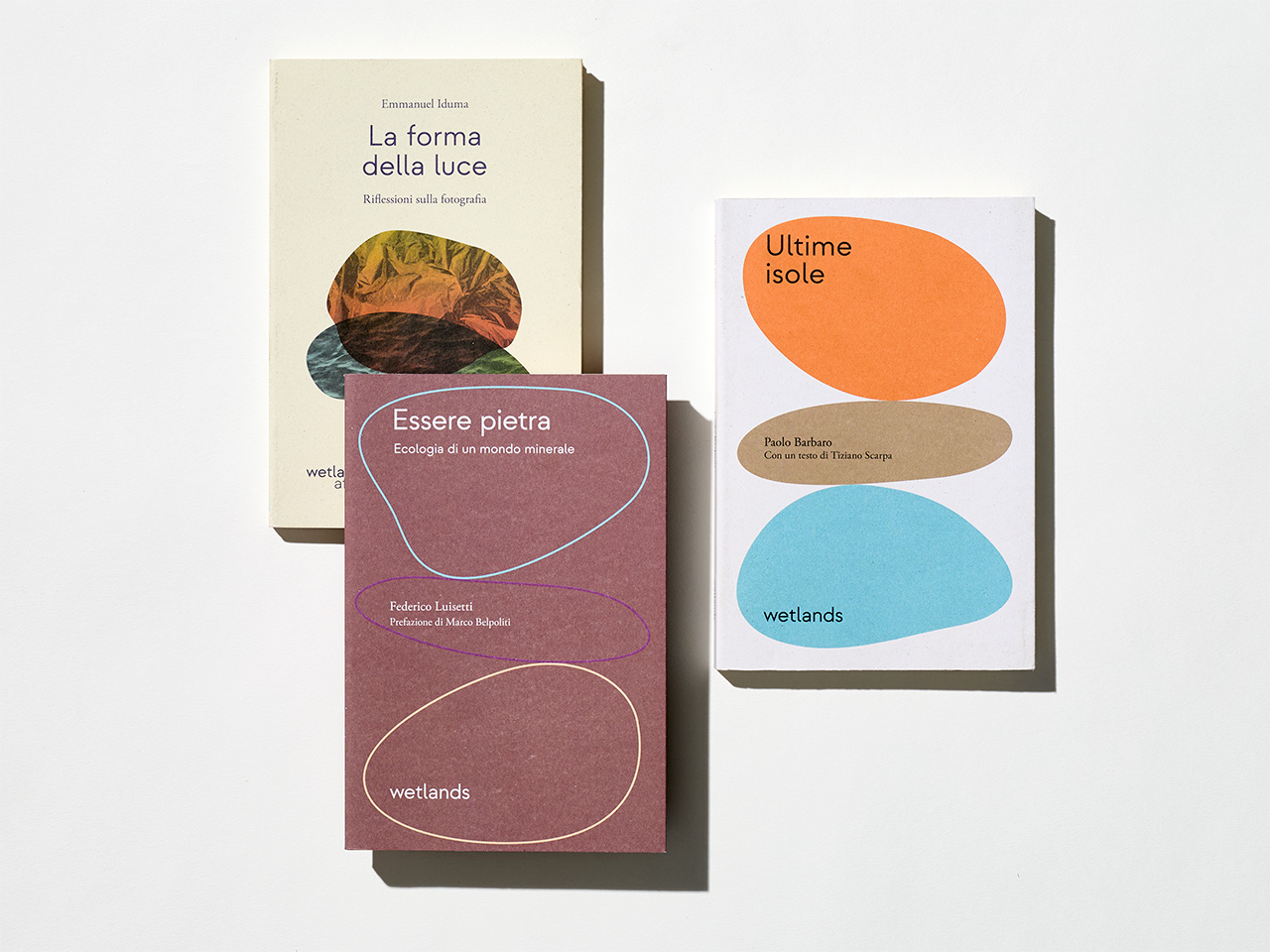Reebok’s nonagenarian co-founder returns, turning the tables with Technisat x Monocle and the seemly Venetian imprint offering fresh perspectives.
|
Wednesday 12/11/25
|

|
|
London
Paris
Zürich
Milan
Bangkok
Tokyo
Toronto
|
|
|
|

Good morning from Midori House. For more news and views, tune in to Monocle Radio. Here’s what’s coming up in today’s Monocle Minute:
THE OPINION: For French heritage brands, nostalgia is not enough
Q&A: Reebok’s nonagenarian co-founder returns
DAILY TREAT: Tune in to our world with the Technisat x Monocle
IN PRINT: The seemly Venetian imprint offering fresh perspectives
|
|
For a brand to remain relevant, celebrating past glories isn’t enough
By Simon Bouvier
|

|
From Hollywood reboots and retro car models to vintage fashion, a swath of industries are doing a roaring trade in nostalgia. But there’s a fine line between celebrating your legacy and being stuck in a creative ditch. By failing to embrace fresh ideas, some French brands risk trading their future appeal for the comforts of the past.
Visitors to the French capital can currently see two major exhibitions looking back at the historic achievements of storied brands: Louis Vuitton Art Deco at LV Dream, the luxury giant’s Paris headquarters, and 1925-2025: One Hundred Years of Art Deco at the Musée des Arts Décoratifs, which explores the design legacy of the Orient Express. Both shows mark the centennial of a major art deco exhibition held in the city. There’s plenty of exquisite craftsmanship on display, both by major figures of the art deco movement and by modern-day artisans and designers.

Sail of the century: Aboard the ‘Orient Express Corinthian’
A standout piece from the Louis Vuitton exhibition is a trunk designed for British conductor Leopold Stokowski in 1929, which folds out into a portable desk. This clever feature allowed Stokowski to travel with his documents and sit down to write wherever he happened to be. The piece is emblematic of the brand’s history of innovating to meet the evolving needs of wealthy globetrotters throughout the 20th century. With the advent of cars and transatlantic steamers, Gaston-Louis Vuitton, the grandson of the brand’s founder, oversaw a period during which aesthetics and functionality went hand in hand.
At the Louis Vuitton shop above the exhibition space, you’ll spot an updated version of the Stokowski trunk, the Secrétaire Bureau 2.0. Usefully, it has a wider work surface that’s designed to accommodate laptops – but it seems more likely to grace a collector’s lounge than to travel the world with its owner.
Meanwhile, in the grand hall of the Musée des Arts Décoratifs, you can admire the splendid interiors of the new Orient Express. Though the state-of-the-art passenger train includes 21st-century amenities such as wi-fi, it’s ultimately just a homage to the 1920s. It reflects a mindset that locates the future of design in the archives – leaving true innovation stuck at the station.
That’s not to say that past icons can’t be resurrected to break new ground. Renault, for example, has successfully launched updated versions of classic models such as the Renault 5 and Renault 4, with the Twingo next in line. The refreshed Twingo features a design similar to the 1992 original, which sold 2.6 million models over its 20-year production run, as well as all-electric drivetrains. By combining nostalgia-inducing design with significant hardware upgrades, the automaker is making contemporary electric vehicles more appealing to drivers who aren’t yet fully comfortable with the technology.

Green for go: The new Renault Twingo
What if brands such as Louis Vuitton and the Orient Express reclaimed their status as cutting-edge innovators in travel, while staying true to their legacy? Perhaps we’d enter a new golden age of travel – one that pairs timeless elegance with genuine progress. The 2026 christening of the Orient Express Corinthian, the world’s largest sailing yacht and a partnership with LVMH, could be a groundbreaking moment for the sector. Combining luxury amenities and destinations that are often out of reach for conventional cruise ships, it will be charting new waters for hospitality, while still evoking the Old World glamour of the Orient Express. Fresh ideas such as this are why these brands rose to prominence in the first place.
Simon Bouvier is Monocle’s Paris bureau chief. Fancy more from the French capital? Check out our City Guide. For more opinion, analysis and insight, subscribe to Monocle today.
|
|
Edo Tokyo Kirari  MONOCLE MONOCLE
|
|
IN PRINT: ITALY
Bound for glory: The seemly Venetian imprint offering fresh perspectives
Venice-based publisher Wetlands offers a wide catalogue of non-fiction books, much of which focuses on social justice or the environment. Its titles’ distinctive covers are created by designers in the city and printed on sustainable paper made from algae.

Turning a new leaf: Wetlands’ refined designs
“Venice is often considered just a backdrop,” says Clara Zanardi, the company’s editorial director and co-founder. “We want to make it a place of production again.”
wetlandsbooks.com
For more on the independent publishers getting design just right, visit monocle.com.
|
|
• • • • • DAILY TREAT • • • • •
Tune in to our world with the Technisat x Monocle
Get your own Monocle-emblazoned radio, courtesy of our collaboration with electronics brand Technisat.
Made in Germany, it’s perfect for catching up on the morning’s news at the breakfast table or tuning in to The Global Countdown for a spin through the world’s music charts with Fernando Augusto Pacheco. Available in black and silver, with an aluminium front.
technisat.de/en
|
|
|
SPONSORED BY EDO TOKYO KIRARI
|
|
|
|
|
|
Q&A: Joseph Foster
Why Reebok’s nonagenarian co-founder has returned to the footwear business
In the 1950s, Joseph Foster and his brother, Jeff, co-founded Reebok, drawing on all that they had learned from their family’s long-established shoe business in the north of England. By the early 1980s, the brand was a global powerhouse. Now, at the age of 90, Joseph has returned to manufacturing footwear. Here, he tells us why he has done so and shares his thoughts on the future of design and manufacturing.
What was the greatest lesson that you learned from your time at Reebok?
Throughout my career, I have experienced huge shifts in the world of work. You have to either go along with the change or be the change. To compete with the footwear giants, I had to be original at Reebok. That’s why I first looked at the pump and was able to generate so much energy for aerobics. The trick is to get people’s imagination going: once you change their ideas, you can then take on the big guys. You’re challenging the way that people think.
Why did you decide to return to work and collaborate with 3D and AI footwear brand Syntilay?
In the early days at Reebok, we knew that we couldn’t compete with Nike and Adidas. So I spent my time looking for white space: where can I make a difference in a crowded marketplace? Doing that now, I see 3D printing. It’s a game-changer. In traditional manufacturing, it can take 18 months to go from concept to product. Now, you can do that in three months. You can pivot quickly, change designs and be reactive.
What does the manufacturing industry offer you today that it didn’t when you started out?
Throughout my career, one challenge that I’ve faced is that nobody’s feet are exactly the same. Now, for the first time, the industry can offer the perfect fit. We’re no longer in a world where we have to create millions of pairs, as the top shoe brands require. They can now be made custom. That’s especially useful for athletes, who might run a marathon and then want to put on something that gives them comfort and helps them to recover. It’s an exciting time for both consumers and product designers.
To hear our full interview with Foster and Syntilay’s CEO, Ben Weiss, tune in to ‘The Briefing’ on Monocle Radio
|
|
Monocle Radio: MONOCLE ON FASHION
Cecilie Bahnsen marks a pivotal year
Cecilie Bahnsen looks back at her eponymous label’s design trajectory as she marks its 10-year anniversary. Plus: Blake Abbie returns to discuss the latest issue of A Magazine Curated By, which Bahnsen curated.

| | | | |